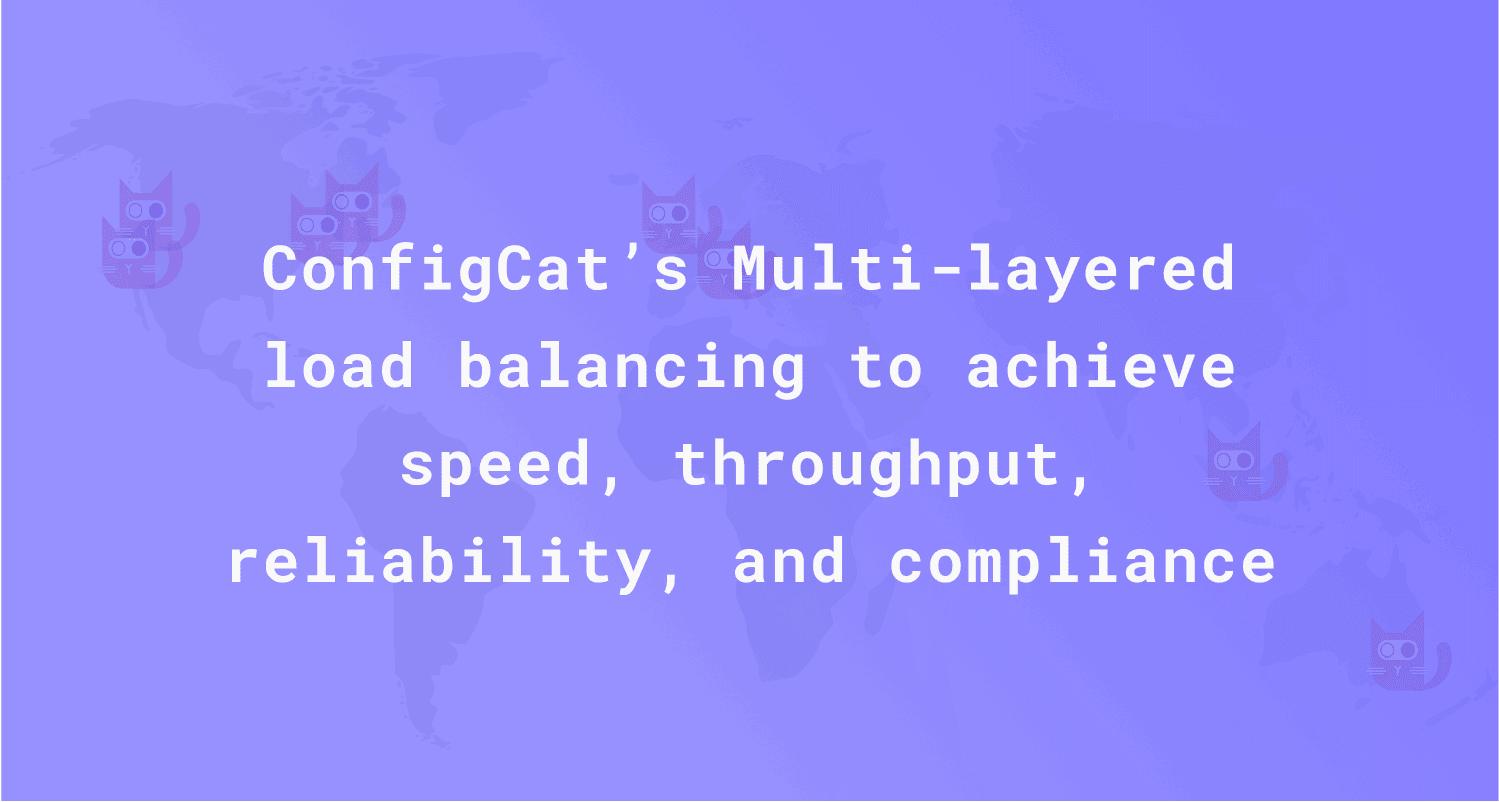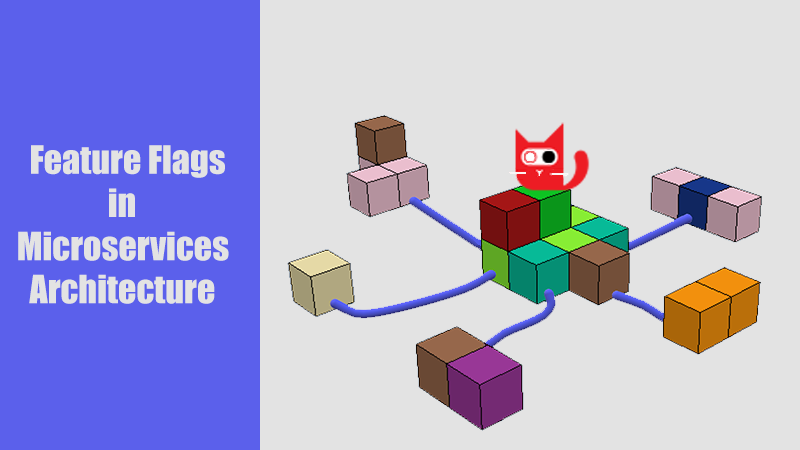Clients with global customer bases often hesitate to use feature flags for specific use cases due to concerns regarding possible latency and slow response time. Feature flags let you launch new features and change your software configuration without (re)deploying code.
That's why fast response time is of great importance at ConfigCat. For context, ConfigCat is a developer-centric feature flag service with unlimited team size, awesome support, and a reasonable price tag.
To that end, ConfigCat provides data centers at numerous global locations to ensure high availability and fast response time all around the globe. These data centers are all equipped with multiple CDN nodes to guarantee proper redundancy and multiple layers of load balancing based on geolocation to achieve speed, throughput, reliability, and compliance. Thanks to a previous DDoS incident, ConfigCat also got the chance to test its infrastructure in real life and made preemptive security improvements.






